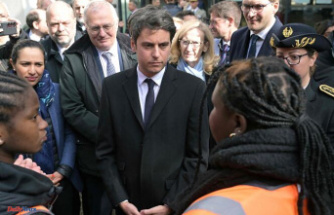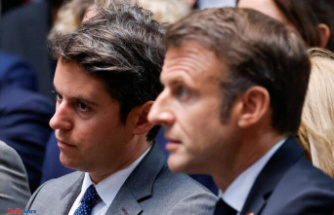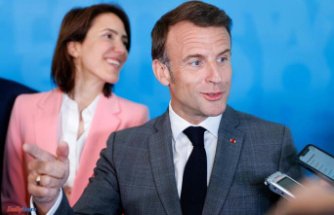With a large arsenal of old Soviet weapons, Russia attacks Ukraine in February. But after nine months of war, many of the Russian missiles have been shot down, tanks destroyed and ammunition used up. President Putin is now counting on better coordination of his arms and armaments manufacturers.
According to President Vladimir Putin, Russia does not need a war economy to supply its armed forces in the Ukraine war. The armaments industry should supply the troops faster and with better products, the Kremlin chief demanded in Moscow. However, no extraordinary measures are necessary for this. "You just have to organize the work in a precise, high-quality, well-coordinated manner," he was quoted as saying by the Tass agency. This will benefit the armaments industry and the associated civilian areas, said Putin at a meeting of the Coordinating Council for Armed Forces Equipment set up just over a month ago.
Putin mentioned the soldiers' uniforms and equipment, armaments, but also medical services, payroll payments and military construction. Everything is necessary "to provide our armed forces with what they need for the military special operation". This is what Russia calls the war of aggression against Ukraine that began exactly nine months ago.
Russia started the war with a large arsenal of old Soviet and its own weapons. But it also lost many tanks, vehicles and aircraft and, according to Ukrainian calculations, expended a large part of its missile stocks. The production of supplies is difficult for many types of weapons because electronic components such as computer chips are missing.
Unlike Ukraine, which can rely on weapons from the West, Putin is dependent on its own weapons stocks. Russia is therefore having increasing problems waging its war of aggression with the same means as at the beginning of the invasion. How much equipment and weapons Russia still has in its arsenals is not known. However, according to experts, it can be observed on the battlefield that the Russian troops lack microchips and semiconductors for modern guided missiles.
Ukraine believes that Russia has already fired more than 87 percent of its Iskander missiles and will now have to resort to converted S-300 missiles. The US also sees "significant bottlenecks" in Russian artillery ammunition.












